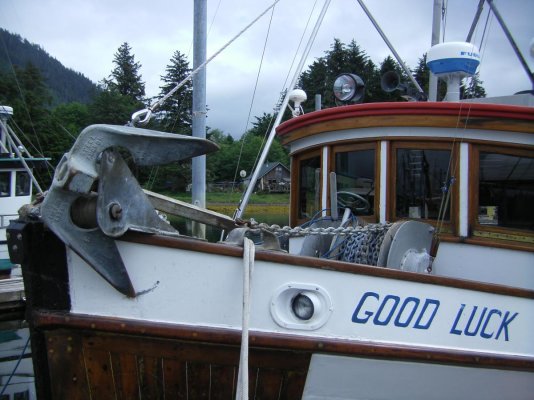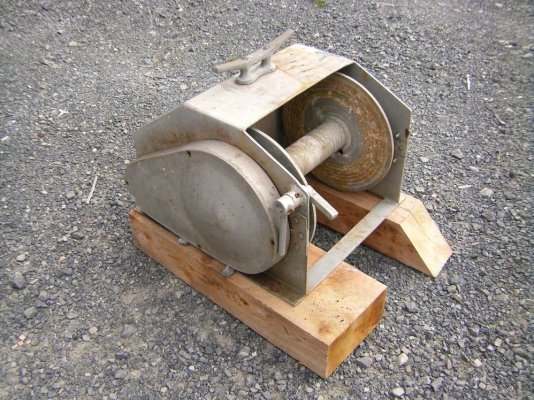Ventana
Senior Member
Wondering if anyone here has replaced a larger chain size with a smaller size but more length? I am thinking of replacing the 300’ of BBB 3/8 chain we currently use with 400’ of HT 5/16, and wondering what the difference will be in overall size in the anchor locker. I understand about differences in chain, I have multiple wildcats for the different chain sizes, and have the need for the extra length, but I am pretty maxed out on space in the anchor locker so I want some first hand experience in the differences in overall volume between the two rodes before I place an order.


